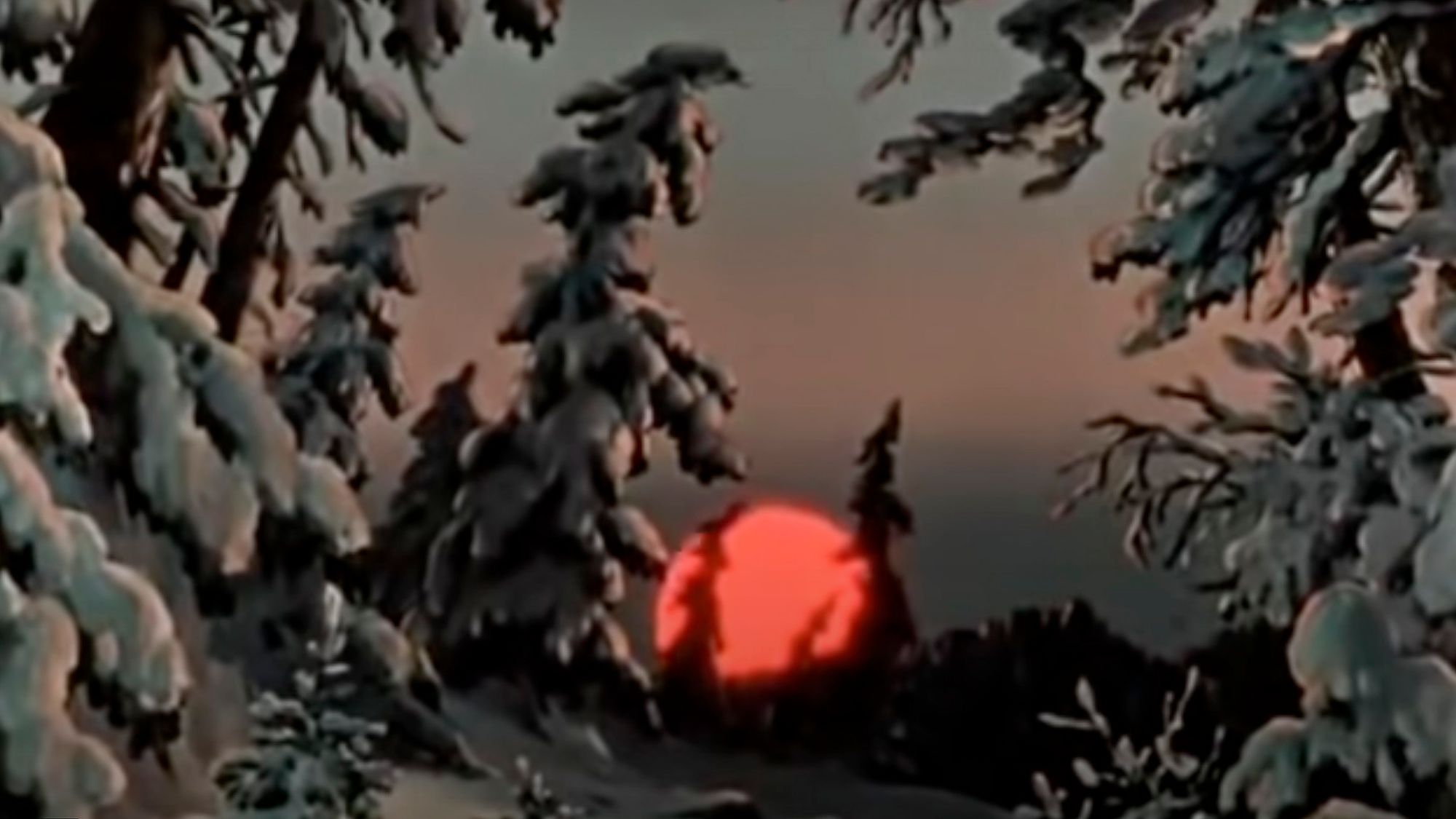006
"Though months have passed since the expedition, I still sometimes see polar bears in decaying windows before my eyes when falling asleep."

“In a time of destruction, create something.” - Maxine Hong Kingston
WEATHER REPORT
artist dispatches on our everyday connection to the environment

Germantown, NY - Lucinda Treat
Days like this, after being cooped up in an ice storm remind me why I moved to the Hudson Valley eight years ago. It requires a different kind of attention, living here. Just before these pictures were taken, I saw a pair of kestrels low field, evening sun on their wings. The ground cover told other stories unseen, coyote, fox, possum, raccoon prints - the dogs picking up the scent of mice under the ice - the holes burrowed by whitetail and others into the thick layer of sleet… all a kind of walking through the memory of the night before.
Lucinda Treat is an executive at Vice Media (Instagram)
More about Weather Report here
ARTIST FEATURE
new approaches to climate
Dmitry Kokh

(from The Guardian | Jan 31 2022, edited for space)
Last August we set off for the north of Chukotka on a small ice-class sailing yacht. We proceeded about 2,000km (1,200 miles) along the coast, stopping in deserted bays and photographing grey and humpback whales. We met an incredible number of different birds, several brown bears, sea lions and seals. We went scuba diving in the waters of the Chukchi Sea, which turned out to be full of life. I felt as if I was in a parallel universe. Days and weeks passed. Landscapes changed dozens of times: sunny pebble beaches, steep cliffs, mountains and tundra.
One day, bad weather was expected and the captain approached a small island, Kolyuchin, to take shelter from the storm. Kolyuchin is known for the polar weather station that operated on it in Soviet times. Though the station was closed in 1992, the abandoned village still stands on the island.
Suddenly we noticed movement in the windows of the houses.

It was too dangerous to land on the island that day, so I took pictures from a drone equipped with special low-noise propellers. I also used certain tricks of the trade that allowed me to shoot the animals without disturbing them. After a while, the bears practically ignored the unusual buzzing.
Later I asked one of Russia’s top polar bear experts, Anatoly Kochnev, what causes the animals’ behaviour – why do they love to sit in the buildings? The biologist, who worked in Chukotka and on the island of Kolyuchin for many years, told me that, first of all, polar bears are very curious by nature, so they always attempt to get through any unlocked window or door. And secondly, unfortunately, these animals were traditionally hunted, and so they use these houses as a form of protection from humans.

But then he told me something even more interesting. It turns out that bears very rarely appear on the island in such numbers. No one knows why, but once every nine years the floating ice remains near the shore in summer. Consequently, the bears do not travel far to the north with the ice, as usual, and take up residence in the abandoned polar station. We saw proof of this later on when we met almost no bears on Wrangel Island to the north.
Though several months have passed since the expedition, I still sometimes see polar bears in decaying windows before my eyes when falling asleep. And looking at the main photo in my life at the moment, the one named House of Bears, I think that sooner or later all human-made things on Earth will cease to exist – buildings, cars and computers will all meet their end. But life is eternal. These bears will continue to hunt, swim among ice floes and explore islands even when civilization ceases to exist. But life will remain eternal only if we humans finally begin to take care of the planet and the living creatures that need our protection.
Courtesy of Guardian News & Media Ltd
Dmitry Kokh is a wildlife and underwater photographer based in Moscow, Russia (website, Instagram)
FUTURE-MUSIC
music to carry us forward
Pure Bathing Culture
The song Evergreener by the Portland indie duo Pure Bathing Culture is from 2013. Has it been such a short time since we had poignantly optimistic music? Keeping things Slavic, someone put the track over beautiful 1950s animation of the Russian fairytale "12 Months". And it's splendid. Retro future-music?
ROUNDUP

How an Acclaimed Composer Found His Musical Voice Through Birdsong
Audubon | September 16, 2020
Decades after a songbird's whirling melody set him on a new artistic path, John Luther Adams is more determined than ever to help us hear the planet's power and wild beauty—and fight to protect it.
Regenerative practices and knowledge come from Indigenous and Black farmers, and support healthy soil, animals and people. We asked William Smith, land steward of the Village of Huichin, and Nazshonnii Brown-Almaweri, land team member of the Sogorea Te' Land Trust, to share their thoughts on bringing this growing movement back to a centuries-old sustainable agricultural system. A system that has the power to connect communities with the land in a way that is healing and rejuvenating for both people and the planet.
To learn more, including how to support Indigenous and Black farmers, visit https://www.patagonia.com/RO
Directed by Mark Decena | Kontentfilms.com
Produced by Liz Decena
